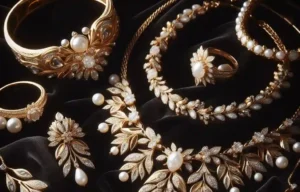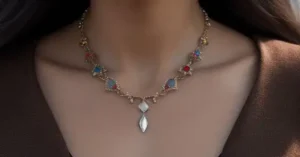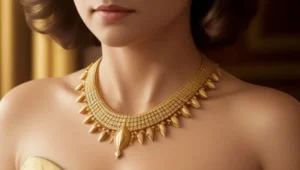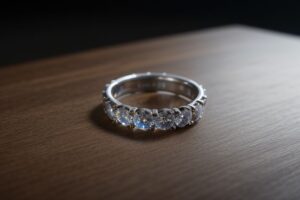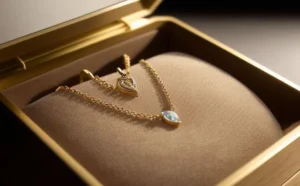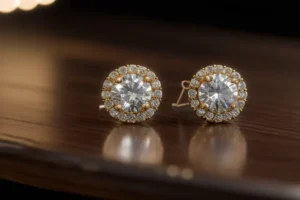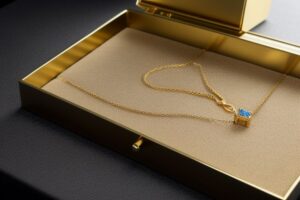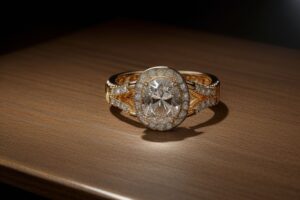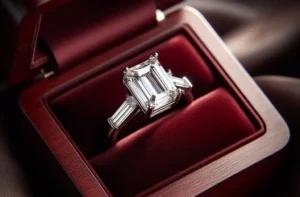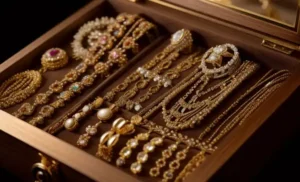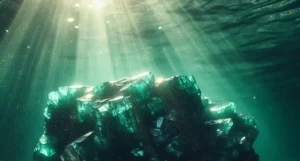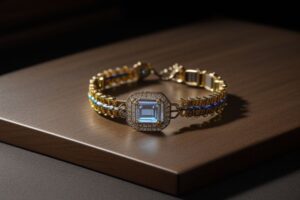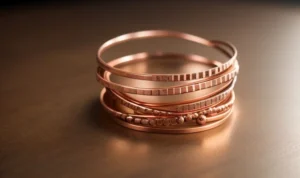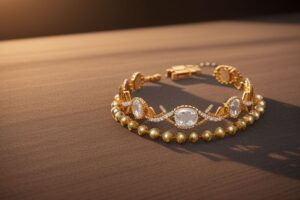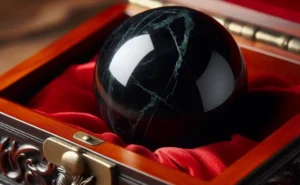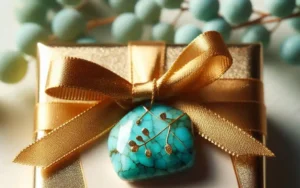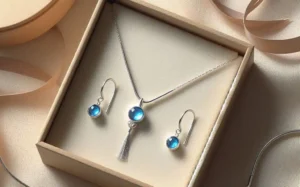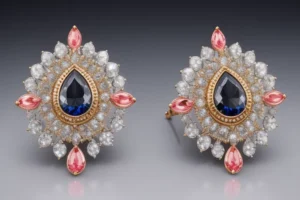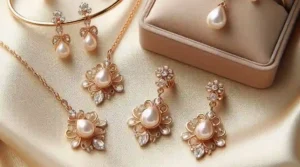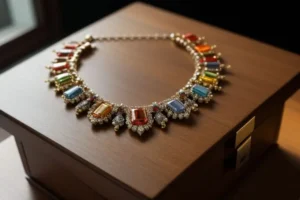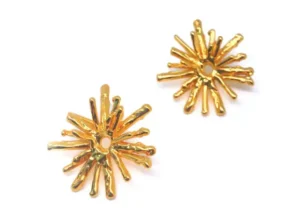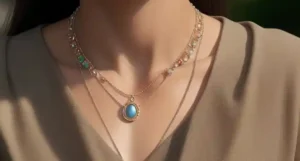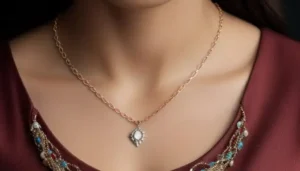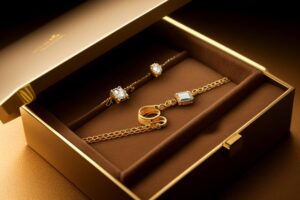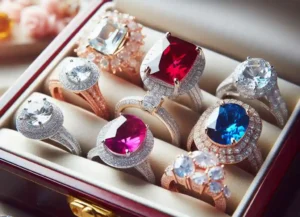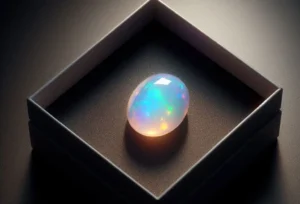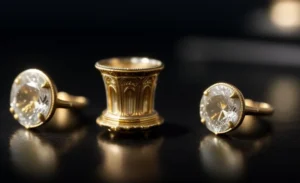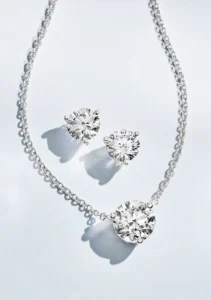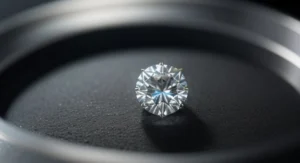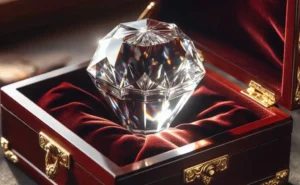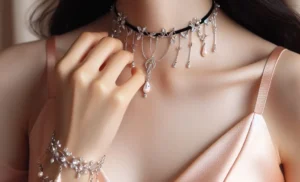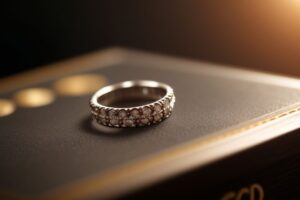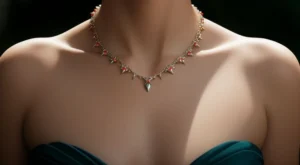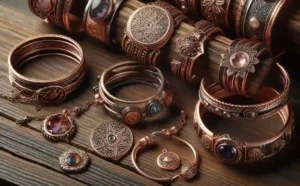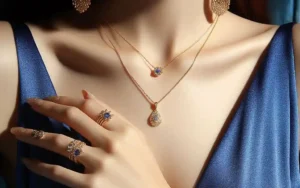Are Pearls More Expensive Than Diamonds? The enduring allure of jewels has captivated humanity for centuries. Each gemstone carries with it a story, a rarity, and a value that translates into a distinct price tag.
Two timeless favorites that often capture the curiosity of jewel enthusiasts are pearls and diamonds.
A common question that lingers in the minds of many is, are pearls more expensive than diamonds?
Are Pearls More Expensive Than Diamonds?
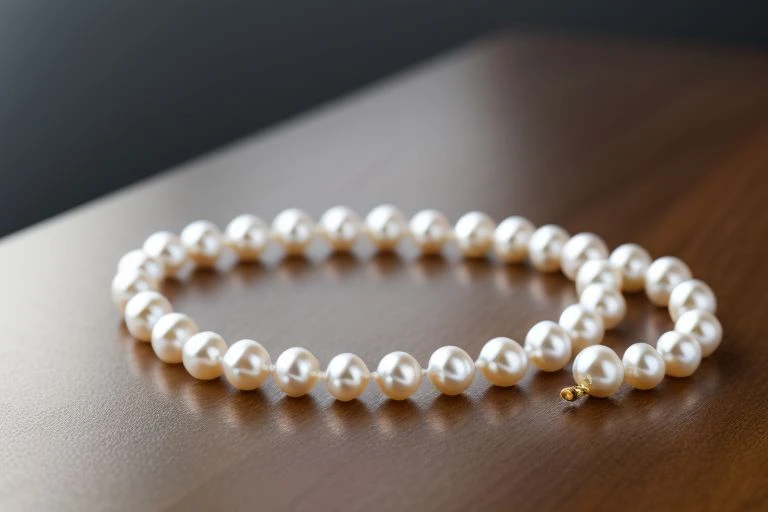
The cost of pearls and diamonds greatly varies depending on factors such as type, size, quality, rarity, and market dynamics. A high-quality, rare pearl could potentially be more expensive than a low-quality diamond, and vice versa.
However, on average, diamonds generally command higher prices than pearls. It’s essential to note that whether one opts for a pearl or a diamond, the value of each gem extends beyond their price tag, reflecting a combination of their unique characteristics, their sourcing, and the personal sentiment they carry for the owner.
Understanding The Value of Pearls
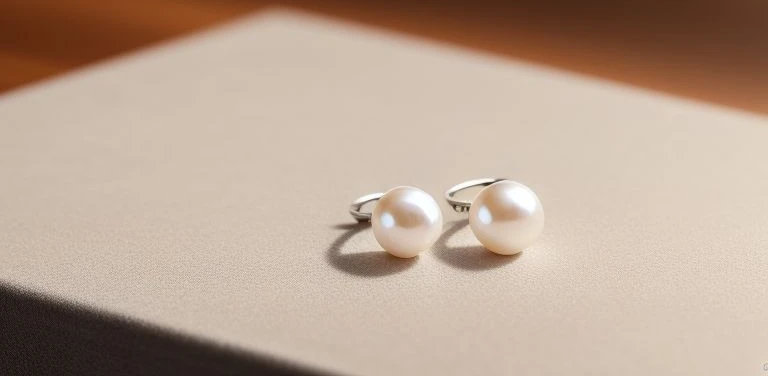
Pearls are unique gems that hold a fascinating genesis story. Unlike their mineral counterparts, they’re birthed by living creatures – oysters and mollusks – and every pearl possesses a distinct character. But what precisely determines their worth?
The value of pearls is influenced by several factors, including their type, size, shape, luster, and scarcity. Not all pearls are created equal, and these variations significantly impact their price.
The pearl universe is divided into freshwater and saltwater realms. Saltwater pearls, originating from oceans and seas, are coveted for their larger size and superior quality. Famous types like Tahitian and South Sea pearls carry a higher price tag, attributed to their size and quality.
Freshwater pearls, as their name suggests, are found in rivers and lakes. They’re smaller and more readily available than their saltwater counterparts. Despite their popularity, this abundance in supply means they typically carry a lower price.
Pearl size is also a key determinant in its value. Larger pearls require more time to develop within the oyster or mollusk, making them rarer and more valuable. Their shape is another crucial factor – perfectly round pearls are hard to come by and hence command higher prices. However, unique shapes like baroque or teardrop pearls also hold a special appeal for many jewel enthusiasts.
The luster of a pearl – its unique glow, the way it reflects light – is a vital consideration. Pearls with high luster are considered superior in quality and fetch higher prices. A pearl’s rarity, often intertwined with the factors above, also weighs heavily on its price. Natural pearls, formed without human intervention, are extremely rare and can command staggering prices.
Finally, any blemishes on the pearl’s surface can reduce its value. Flawless pearls, with smooth, unmarked surfaces, are a rarity and come with a higher price tag. In contrast, pearls with visible spots, bumps, or irregularities are considered less valuable.
In sum, the value of pearls is a complex interplay of various factors. Each pearl holds a unique place on this spectrum, making them not just pieces of jewelry, but treasures brimming with individuality.
Analyzing the Price of Diamonds
Delving into the pricing of diamonds requires an understanding of the “Four Cs” – carat, cut, clarity, and color. This universally accepted grading system was established by the Gemological Institute of America (GIA) and is vital in determining the worth of a diamond.
The first of the four Cs, carat, refers to the weight of the diamond. Larger diamonds are rare to find, making them more expensive. For instance, a single two-carat diamond is worth more than two one-carat diamonds, given that all other factors remain the same.
The cut of a diamond is not only about its shape but also how well it has been cut from its rough form. The precision of the cut impacts the diamond’s brilliance and sparkle, making it a critical aspect of its value. A well-cut diamond will have more brilliance and, consequently, a higher price tag.
Clarity is the measure of a diamond’s internal and external flaws, known as inclusions and blemishes, respectively. A diamond that is free of these will allow more light to pass through it, enhancing its brilliance and value. Diamonds graded as ‘Flawless’ under the GIA system carry a premium, given their rarity.
Color refers to the presence of any color in a diamond, with the scale ranging from ‘D’ (colorless) to ‘Z’ (light yellow or brown). The closer a diamond is to being colorless, the rarer and more valuable it is.
However, it’s important to note that diamonds that exhibit strong hues like blue, pink, or green, known as ‘fancy’ diamonds, are exceptions to this rule. These are considered highly rare and desirable, often fetching prices that far exceed those of colorless diamonds.
It’s also noteworthy that the market demand for certain colors and clarity grades can impact the value of a diamond. For instance, the demand for blue and pink diamonds is relatively high, which drives up their prices.
In a nutshell, the worth of a diamond is largely a product of its carat, cut, clarity, and color. Each diamond is unique, and its value can greatly vary based on the combination of these four factors.
Market Demand and Supply of Pearls and Diamonds
A key player in determining the cost of both pearls and diamonds is the equilibrium of supply and demand. This balance directly impacts the value of these gemstones, making it a crucial element in the pricing structure.
Diamonds, known for their unique brilliance and strength, enjoy a robust demand on a global scale. Yet, the extraction and availability of diamonds that meet high-quality standards remain somewhat limited. This juxtaposition of high demand and restricted supply results in an elevation of diamond prices.
In contrast, pearls garner a more controlled demand in comparison to diamonds. However, the procurement of pearls is dictated by an entirely different set of variables. Being organic gems, the production of pearls depends on certain ecological factors and is far more unpredictable.
Even though the introduction of cultured pearls has expanded the availability of these gems, the supply of natural pearls is still considerably limited. This scarcity of natural pearls keeps their overall value relatively high.
Additionally, market fluctuations and changes in consumer preferences can also affect the demand and supply of pearls and diamonds. For example, if a certain type of pearl becomes fashionable or if a specific diamond color becomes sought after, the heightened demand can drive up prices.
It is also important to note that the harvest of these gems is also subjected to the forces of nature. Unforeseen circumstances like extreme weather conditions can disrupt the supply chain and create a temporary spike in prices.
In the grand scheme of things, the forces of supply and demand are intertwined with numerous other factors that ultimately determine the price of pearls and diamonds. Understanding these market dynamics can provide valuable insights into the cost variations of these precious gemstones.
The Impact of Quality and Rarity
One of the most significant contributors to the value of pearls and diamonds is the combination of their quality and rarity. For instance, pearls that are larger in size, have a perfectly spherical shape, possess a radiant luster, and boast an unblemished surface are considered exceptional. Their rarity enhances their appeal and drives up their cost, often substantially.
Delving into the world of diamonds, those with superior quality are rated high on the scales of clarity, color, cut, and carat weight – the renowned “Four Cs.” Clarity refers to the absence of internal and external flaws, which can obstruct light passage, thereby reducing a diamond’s brilliance.
Colorless diamonds are considered the purest, with color grades near ‘D’ being the most prized and costly. However, the rule bends for ‘fancy’ diamonds that possess strong colors, which are highly sought after due to their rarity.
A diamond’s cut quality also has a significant influence on its price. The precision with which a diamond is cut from its rough form can amplify its natural sparkle, contributing to its brilliance. A perfectly cut diamond will exhibit maximum light return, making it more desirable and expensive.
Lastly, the carat weight, which refers to the size of the diamond, is another critical factor in determining its cost. Larger diamonds are less commonly found, hence their rarity enhances their value.
All these attributes contribute to the perceived quality of these gemstones, thereby influencing their rarity and, in turn, their price. The rarer the combination of these desirable qualities, the higher the gemstone’s value.
However, it’s crucial to remember that quality and rarity are not standalone factors in the pricing matrix. These aspects interplay with other factors, including market dynamics, ethical considerations, and individual preferences. Therefore, while a general correlation exists between quality, rarity, and cost, the price of a specific pearl or diamond may vary based on its unique combination of characteristics.
Ethical Considerations and Pricing
The price of pearls and diamonds can be influenced not only by their inherent characteristics and market forces, but also by the ethical considerations surrounding their procurement.
In the diamond industry, conflict or blood diamonds – those mined in war-torn regions and sold to fund armed conflicts against governments – have been a significant ethical concern. These diamonds are often mined under harsh, inhumane conditions.
The international community has made strides to limit the trade of these diamonds, leading to the implementation of the Kimberley Process. This certification scheme aims to ensure that diamonds are conflict-free, and such diamonds often command higher prices due to the guarantee of ethical sourcing.
Pearls, being organic gems birthed by living creatures, carry their own set of ethical considerations. Pearl farming can have environmental implications if not conducted sustainably. Overfarming can deplete natural resources and disturb marine ecosystems.
To counteract this, the pearl industry has been shifting towards more sustainable farming practices. Many pearl farms are now focused on sustainable cultivation methods that minimize environmental impact. Pearls produced in such environmentally-friendly farms may have a higher price, reflecting the investment in sustainable practices.
Consumer consciousness about these issues also plays a role in determining prices. As awareness grows, many consumers are willing to pay a premium for ethically sourced diamonds and sustainably farmed pearls, driving up their value in the market.
However, it’s essential to note that verifying the ethical sourcing of these gemstones can sometimes be challenging due to the complexities of global supply chains. Organizations and certifications like the Kimberley Process for diamonds and the Marine Stewardship Council for pearls can offer some degree of assurance, but they may not cover all potential ethical issues.
In conclusion, ethical considerations in the procurement of pearls and diamonds are a significant aspect of their pricing structure. These factors, intertwined with others such as quality, rarity, and market dynamics, collectively influence the final price tag of these cherished gemstones.



